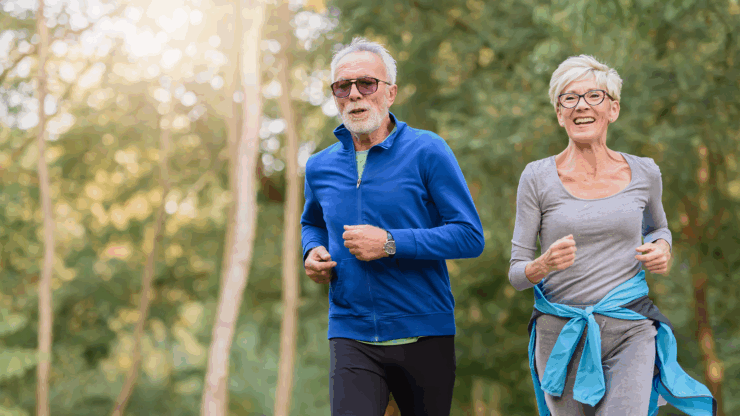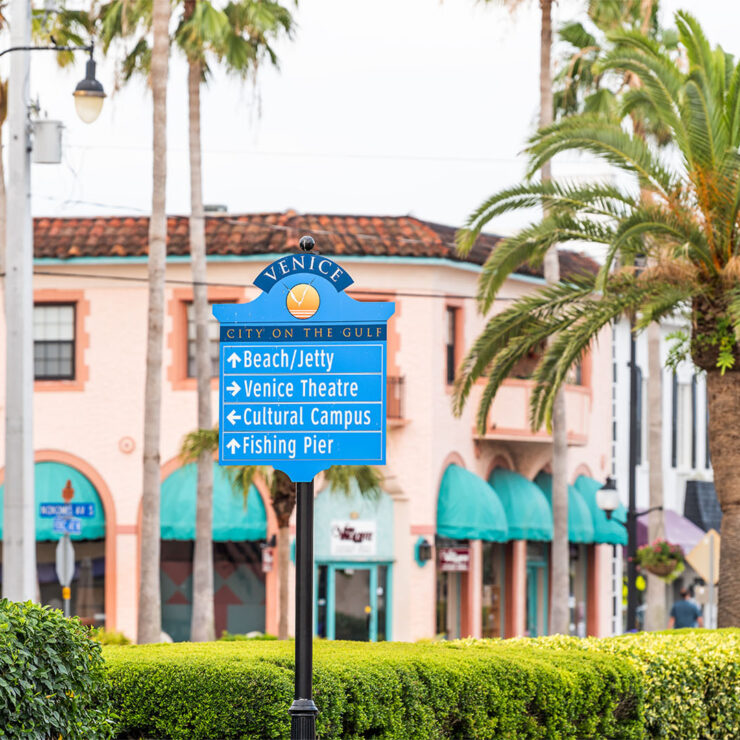
Five Best Stretches for Seniors
Key Takeaways
- Gentle stretching improves flexibility, balance, and circulation in older adults.
- Neck, shoulder, hamstring, and calf stretches are especially helpful.
- Stretching can ease stiffness and reduce fall risk.
- Consistency matters more than intensity.
- LifeWorx caregivers help incorporate safe movement into daily routines.
You know it’s important for seniors to get regular exercise—a number of studies, in fact, have shown that it can help slow the aging process. But did you know that stretching should almost certainly be a part of the regimen? We have narrowed it down to the 5 most important stretches your loved ones should be doing every day.
“As people get older, their flexibility tends to diminish—stretching can help them stay limber,” says Nathan Wei, a board-certified rheumatologist who is the director of the Arthritis Treatment Center in Frederick, MD, and is also a personal trainer. Along with consistent exercise, stretching can help preserve muscle bulk.
Of course, seniors should check with their doctor before doing any stretches, Wei adds. Certain conditions, such as severe osteoporosis, might make some movements, like twisting, inadvisable. He also advises warming up briefly before stretching—“Things like riding a stationary bike for a few minutes, or marching or jogging in place, will work,” he says. And you’ll want to make sure your senior does these five moves under supervision, at least initially. Done right, they’re tremendously effective:
- Leg stretches: Have your senior face a wall and extend one leg behind the other, keeping the heel of the trailing leg on the ground. In this position, lean the hips and shoulders into the wall for 10 to 15 seconds. “This stretches out the muscles in the backs of the legs,” explains Bill Neal, a physical education professor who also directs the seniors’ exercise program at Richland College in Dallas, TX. Aim for 5 to 10 repetitions, the slower the better.
- Groin muscle stretches: Your senior should stand with his feet a bit wider than shoulder-width apart, then squat as deeply as he can, hopefully touching the floor with his fingertips or even the palms of his hands. Have him repeat this stretch 5 to 10 times, holding the position for 10 to 15 seconds each time.
- Upper torso stretch: Ask your senior to stand 6 inches from a wall and turn his back to it, toes pointed straight ahead. In that position, he should rotate his upper body to one side, trying to get his shoulders as far toward the wall as possible. He should then repeat this movement in the opposite direction with the other shoulder. Aim to have him do 15 slow repetitions, holding the stretch for 10 to 15 seconds each time.
- Shoulder stretch: While he’s standing, have your senior extend his arms to the sides and make circles to the back and front. Repeat 10 to 15 times in each direction.
- Neck stretch: Encourage your senior to loosen up his neck by letting his head roll onto his shoulders, and then roll back over his shoulder blades as well. Reverse direction. Repeat 10 to 15 times in each direction. “This translates into better neck flexibility, and being able to look over his shoulders as he’s driving,” Neal says.
Neal recommends having your elderly loved one do these exercises daily. Wei adds that stretches should be just one part of the exercise plan, which should also include cardio and resistance training.
These moves don’t take long, but can make a lifelong difference, Neal stresses. “If older people did at least this much stretching each day, it would make it easier for them to drive, and to get in and out of cars,” he says. Their general mobility would improve as well,” he says.
We at LifeWorx recommend incorporating the stretching into your loved ones’ daily routines with their caregivers, or even with you! Once it is part of their routine, they will start to look forward to it and it won’t be something you have to convince them to do.
Increased flexibility makes all other daily activities more manageable too, and can help guard against accidents and injuries, Neal adds. “For example, if grandma or grandpa is at the soccer field watching their grandchild’s game, they’ll be able to see a soccer ball coming at them,” he says. “That’s because their necks are more flexible, which improves peripheral vision.” These can be done with their spouse, child, grandchild, caregiver or on their own if they’re able to!
And if your senior protests that he’s too old to exercise, Neal is ready to call his bluff. “In my exercise class, the mean age is 84, and I’ve got 50 or 60 people, including 3 who are in their early 90s” he says.
Clearly, his students understand the importance of staying healthy—at any stretch.
Find your peace-of-mind.
Explore LifeWorx’ in-home elder care services.

















